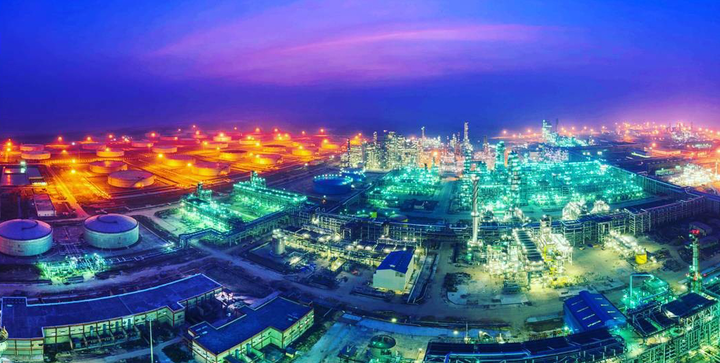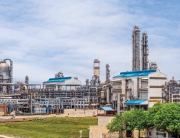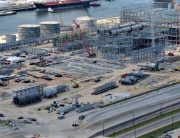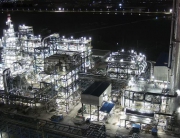Indian Oil Corp. Ltd. has resumed works at various major refinery projects across the country following the Apr. 30 ease of lockdown restrictions due to the coronavirus (COVID-19) pandemic.
Alongside a series of large-scale pipeline and infrastructure projects that—together with current refining projects—amount to a combined 1.04 trillion rupees, IOC has recommenced ongoing major projects at five of its Indian refineries, among others, the company said.
Specifically, IOC confirmed restart of the following refining-related expansions and upgrades:
- The now 148.10-billion rupee (up from a previous 137.79 billion rupees) project to expand crude processing capacity by 3 million tonnes/year (tpy) to 9 million tpy and add downstream polymer units at the operator’s 6-million tpy Barauni refinery in Begusarai District, Bihar.
- A 17.74-billion rupee project, also at the Barauni refinery, to bring production into compliance with India’s more-stringent Bharat Stage VI (BS-VI, equivalent to Euro 6) low-sulfur emissions standards for fuels that, upon taking effect in April 2020, mandate a maximum sulfur content of 10 ppm. While Barauni already is producing BS-VI diesel fuels, this specific project—which as of Apr. 14, 2020, was overrun by 7 months and due for startup in May 2020—involves construction of a new 480,000-tpy naphtha stabilization unit and 375,000-tpy naphtha hydrotreating-continuous catalytic regeneration block to augment production of BS-VI MS (motor spirit, gasoline), according to the latest project information from India’s Ministry of Environment, Forest, and Climate Change (EFCC) as well as its Ministry of Statistics and Programme Implementation (SPI).
- A 33.61-billion rupee BS-VI fuels upgradation project approved in May 2019 at the 15-million tpy Paradip refinery in Odisha, on India’s northeastern coast, to enable production of BS-VI HSD (high-speed diesel) and MS, according to EFCC and SPI. Alongside a revamp of the refinery’s existing 5.2-million tpy diesel hydrotreater to expand unit capacity by 20%, the project includes installation of the following new units: a 1.10-million tpy isomerization unit; a 1.15-million tpy Indmax gasoline desulfurization (GDS) unit; two 60,000-tpy hydrogen generation units; and a 300,000-tpy kerosine desulfurization unit.
- A 56.54-billion rupee ethylene glycol project, also at the Paradip refinery, that involves the addition of a new 357,000-tpy monoethylene glycol (MEG) plant as well as a 180,000-tpy ethylene recovery unit (ERU) at the manufacturing site.
- A 16.36-million rupee petrochemicals project at the 15-million tpy integrated Panipat refining and chemical complex in Haryana, north of New Delhi. The project involves an expansion of the site’s existing naphtha cracker to an ethylene production capacity of 947,000-tpy from 800,000 tpy, as well as unidentified revamps to the complex’s 325,000-tpy MEG plant and 130,000-tpy butadiene extraction unit, according to details from EFCC and IOC.
- A 25.82-billion rupee project to add a 740,000-tpy Indmax FCC unit (including treatment of LPG) at its 2.35 million-tpy Bongaigaon refinery in Assam.
Despite the COVID-19 pandemic and country-wide lockdown, IOC said it remains on track to spend its approved capital budget for the 2020-21 fiscal year of 261.43 billion rupees.
Source: www.ogj.com







